

Clinical Research Using DONA®
Dona® is the original Crystalline Glucosamine Sulfate that has been shown effective in clinical studies to help maintain the normal function of cartilage, while supporting healthy joint function, mobility, and flexibility. It is supported by product-specific clinical data and has been evaluated in over 7,000 patients with joint discomfort in over 25 clinical trials.
Dona® is not your everyday Glucosamine Sulfate. It is different than what you may find in stores or online today. Dona® contains a specific type of glucosamine sulfate developed and sold in more than 60 countries around the world. Dona® is a stable form of glucosamine which is able to reach the joints in the right concentration. Dona® is also the only glucosamine endorsed by the Cochrane Review 2009 and is recommended by the ESCEO algorithm for joint health management.
Crystalline Glucosamine Sulfate is a formulation invented and patented by RottaPharm. It presents a method to stabilize glucosamine sulfate, through a chemical process of co-precipitation with sodium chloride, thus obtaining Crystalline Glucosamine Sulfate.
Below are some of the major scientific publications using Dona®.
Clinical Studies Published in
Prestigious International Scientific Publications
-
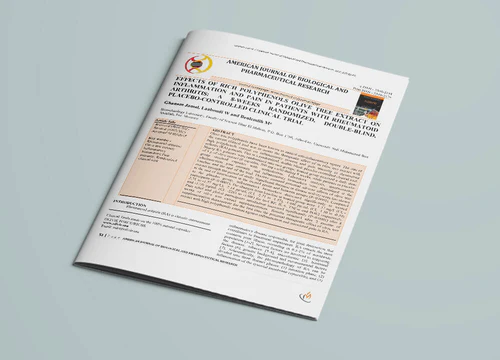
Total joint replacement after glucosamine sulphate treatment in knee...
View the study -

A review of glucosamine for knee osteoarthritisy...
View the study -
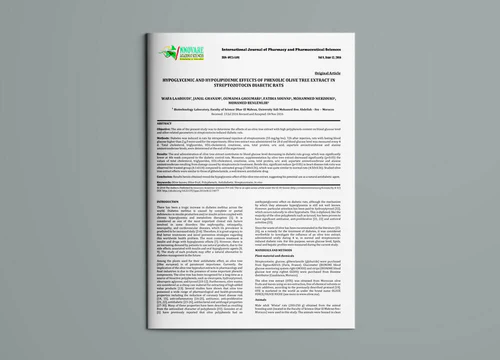
Effects of glucosamine sulfate on the use of rescue non-steroidal...
View the study -
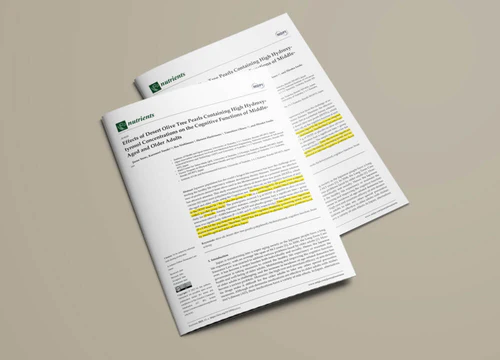
Crystalline glucosamine sulfate in the management of knee...
View the study -
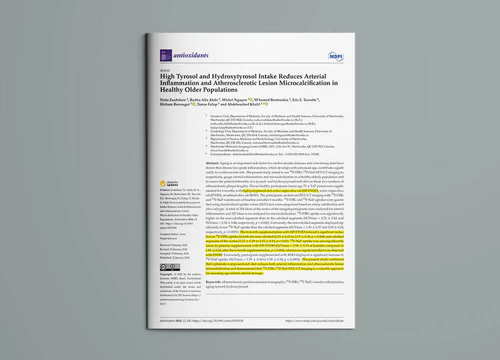
Pain management: Time for pharmacists to take action...
View the study -
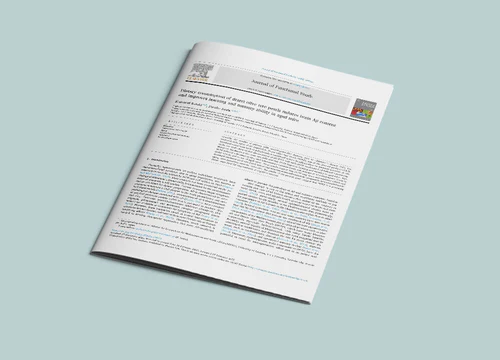
The Efficacy and Tolerability of Glucosamine Sulfate in the...
View the study -
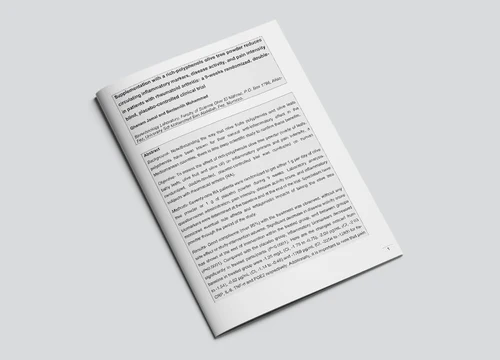
Total joint replacement after glucosamine sulphate treatment...
View the study -
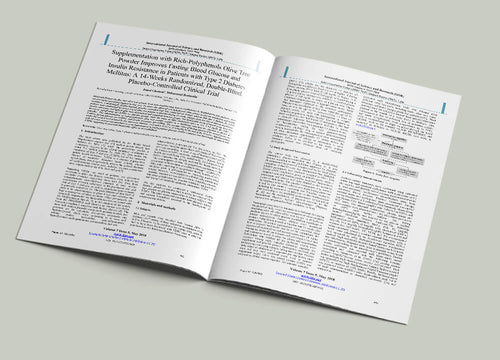
Synovial and plasma glucosamine concentrations in osteoarthritic patients...
View the study -

Glucosamine Sulfate in the Treatment of Knee Osteoarthritis Symptoms...
View the study -

Glucosamine prevents in vitro collagen degradation in chondrocytes...
View the study -

Use of crystalline glucosamine sulfate in osteoarthritis...
View the study -

Glucosamine oral bioavailability and plasma pharmacokinetics...
View the study -

Glucosamine Sulfate Prevents Total Joint Replacement In The Long-Term...
View the study -

Glucosamine sulfate reduces osteoarthritis progression...
View the study -

Correlation between radiographic severity of knee osteoarthritis...
View the study -

Glucosamine Sulfate Use and Delay of Progression of Knee Osteoarthritis...
View the study -

Long-term effects of glucosamine sulphate on osteoarthritis progression...
View the study
 Cart
Cart

